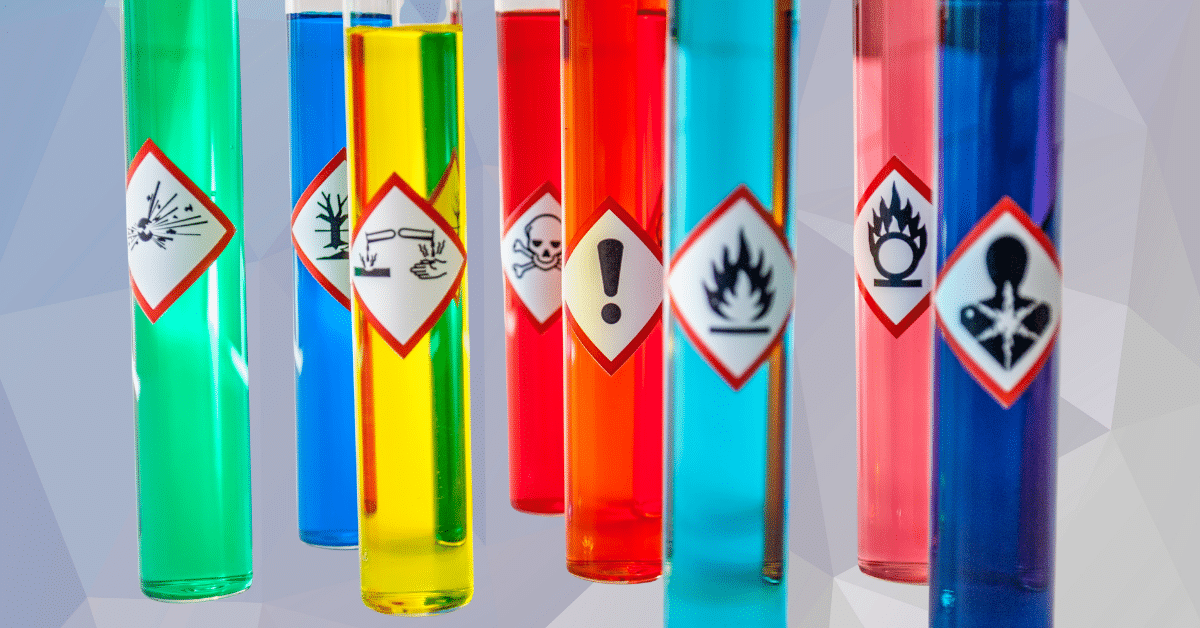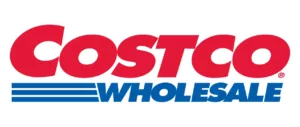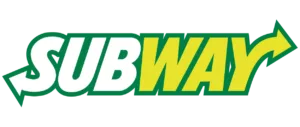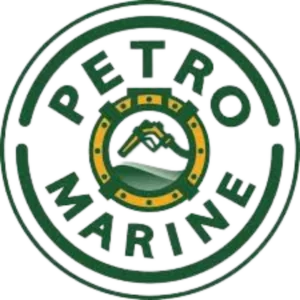I still remember a maintenance lead describing a near miss in his shop. A temp grabbed a spray bottle with a faded label, assuming it was glass cleaner. It was not. A quick trip to the eyewash station and a panicked call to the supervisor later, everyone agreed on one thing: a clear label, an accessible Safety Data Sheet (SDS), and some training would have turned those tense minutes into a non-event.
Stories like that are more common than most teams realize, and they are exactly why structured chemical safety instruction matters for every crew, on every shift. A focused program gives people a shared language for hazards, builds confidence under pressure, and helps you stay aligned with regulatory expectations.
That kind of near miss is precisely what GHS and Hazard Communication training are designed to prevent. The goal is simple: ensure that every worker can identify a container, SDS, or pictogram and know what to do next.
Below is a practical guide you can use to raise safety standards, support compliance, and strengthen your overall safety culture.
What GHS Means In Daily Work
The Globally Harmonized System (GHS) standardizes the classification and communication of chemical hazards worldwide. The idea is straightforward: a flammable liquid should look and read the same at every facility, whether it is stored in a drum, a squeeze bottle, or a spray container.
Under OSHA’s Hazard Communication Standard (29 CFR 1910.1200), training must cover how to read labels and SDSs and must be provided when employees first begin working with hazardous chemicals and whenever a new chemical hazard is introduced.
SDSs follow a 16-section format that places critical information in predictable locations. First aid measures, firefighting guidance, handling and storage instructions, exposure controls, and PPE are organized to enable workers to quickly locate the information they need, even during a stressful incident. Instead of searching through a stack of papers, they can go directly to the section that answers their question.
Labels rely on standardized elements as well:
- Product identifier
- Signal word
- Hazard statements
- Precautionary statements
- Pictograms
- Supplier identification
The red-bordered pictograms are designed to be universal. One important nuance for your team: GHS defines nine pictograms, but OSHA enforces eight of them in the United States. The environmental symbol is not required under OSHA, although it may still be seen.
When training explains these elements in clear language and allows workers to practice with actual labels and SDSs from your site, understanding becomes automatic. People stop guessing and start responding with confidence.
Why Hazard Communication for Employees Pays Off Fast
Solid training pays off quickly, as evidenced by both safety metrics and day-to-day operations.
- Fewer injuries and close calls. When workers understand labels and SDSs, they recognize hazards earlier and respond faster, which reduces the likelihood and severity of incidents.
- Better productivity. Teams spend less time hunting for information or debating the meaning of a symbol, and more time doing the job safely and efficiently.
- Reduced citation risk. Hazard communication remains one of OSHA’s most frequently cited standards. Closing gaps in training, labeling, and documentation lowers the chances of costly findings.
- Stronger safety culture. When employees can interpret a label at a glance and know exactly where to find emergency information, safety feels practical and real, not theoretical.
Instead of treating training as a one-time requirement, organizations that invest in clear instruction see ongoing returns: calmer responses during incidents, fewer disruptions, and more trust between supervisors and crews.
What A Practical Training Program Includes (And What Is New)
Effective instruction should feel like part of the job, not a long slideshow. The most effective programs combine short demonstrations, hands-on practice, and clear explanations, along with a concise overview of the key changes introduced in recent regulatory updates.
A well-structured GHS course for workers should teach people to:
- Read and act on label elements, starting with the signal word and the related hazard and precautionary statements.
- Navigate SDSs quickly by practicing with scenarios that mirror real tasks, such as spills, mixing, or storage questions.
- Recognize all eight OSHA-enforced pictograms and understand common points of confusion, like the difference between the health hazard and exclamation mark symbols.
- Handle small containers and release-for-shipment situations correctly, including topics highlighted in OSHA’s recent updates to the Hazard Communication Standard, such as phased compliance dates and revised labeling expectations.
The more the program reflects your actual inventory, workflows, and types of exposure, the more likely workers are to remember what they learn and apply it when it matters most.
Legal Basics You Cannot Miss
Compliance is not just a written plan on a shelf. It is the way work is done on every shift. Building the legal requirements into everyday routines makes audits less stressful and safety more consistent.
Key points to cover include:
- Training triggers. Provide information and instruction at the time of initial assignment and whenever a new chemical hazard is introduced. Do not wait for an annual refresher to address major changes.
- Written program. Your hazard communication plan must explain how you label containers, maintain and provide SDS access, and train employees. OSHA 1910.1200 provides the framework, but your program should reflect your actual operations.
- SDS access. Keep the current 16-section SDS for every hazardous chemical and ensure workers can access them easily on every shift, even if the network is down.
- Label integrity. All workplace containers must have legible, accurate labels or an alternative system that supplies the same core information about hazards and protective measures.
When you align everyday practices with the expectations behind OSHA Hazard Communication training, you move from last-minute preparations to ongoing readiness. That shift lowers risk and builds credibility with both workers and regulators.
Prevention Strategies That Actually Stick
Knowledge fades without repetition. To keep chemical safety concepts fresh, connect them to routine tasks and build micro-refreshers into your regular schedule.
Practical strategies include:
- Breaking training into role-specific modules allows laboratory staff, maintenance technicians, production workers, and custodial teams to focus on the hazards they actually encounter.
- Running quick “SDS sprints” where workers receive a short scenario and must find the relevant SDS section in a set amount of time.
- Post small pictogram reference charts at common points of use so employees can check symbols at a glance.
- Adding five-minute focused talks on a single label element or pictogram to existing safety meetings.
- Reviewing near-miss reports and using them as case studies in future training sessions.
Short, focused reminders woven into normal operations help transform formal instruction into an everyday habit.
Case Snapshot: From Clutter To Clarity In 30 Days
Consider a specialty foods facility that struggled with scattered, outdated binders and an excessive number of unlabeled squeeze bottles. SDSs were stored in different rooms, and secondary containers were missing key information. Additionally, new hires had no consistent way to learn the system.
Leadership decided to reset the process. Over the course of a month, the team:
- Inventoried all chemicals and matched each one to a current SDS.
- Centralized SDS access and added a backup print station.
- Replaced handwritten or faded labels on secondary containers with compliant versions.
- Delivered a focused session on GHS and HazCom basics and followed it with brief weekly checks.
Within 30 days, SDS retrieval times decreased from several minutes to less than one, and unlabeled containers were no longer included in routine inspections. Workers were not just “trained”; they were actually using what they had learned in daily tasks.
How To Choose Training Workers Actually Use
Not all programs are created equal. When you evaluate options, look for features that make the training practical, memorable, and easy to manage.
Strong programs typically offer:
- Clear coverage of label elements and the 16-section SDS format, reinforced with realistic drills.
- Up-to-date references to recent HazCom changes, including expectations for small containers and phased compliance timelines.
- Tools that support pictogram mastery, such as pocket cards, posters, or mobile references.
- Role-based learning paths and multiple language options so all shifts and departments can participate effectively.
- Simple recordkeeping tools that track completions, quiz scores, and reminders for refresher training.
Suppose you want a turnkey solution that fits busy schedules. In that case, it can be helpful to select a GHS and Hazard Communication Training Course that is mobile-friendly, self-paced, and backed by practical exercises. A single citation or chemical-related injury can easily outweigh the cost of implementing a strong training program.
Action Plan: 10 Practical Steps You Can Run This Quarter
You do not need a complete overhaul to make meaningful progress. The steps below can be rolled out over a single quarter and will significantly improve both safety and compliance:
- Audit your full chemical inventory and confirm that each product has a current SDS.
- Fix labels on all secondary containers and remove any unlabeled temporary bottles from service.
- Ensure there is a clear SDS access point on every shift, with both digital and printed options.
- Run a focused, 60-minute session that concentrates on the handful of hazards your workforce encounters most often.
- Post pictogram reference sheets at points of use and in high-traffic areas.
- Add short SDS sprints or label interpretation drills to monthly safety meetings.
- Update your written hazard communication plan to ensure it aligns with your current practices and compliance timeline.
- Build a simple micro-refresher calendar that highlights one label element or pictogram each week.
- Include contractors and temporary workers in briefings so everyone on-site uses the same signals and expectations.
- Retrain promptly whenever a new chemical hazard is introduced rather than waiting for the next scheduled refresher.
These steps turn the standard from a checklist into a living system that workers recognize and trust.
Thoughtful Closing
If you want fewer close calls and more calm, confident responses when something spills or leaks, start with clarity. Labels that speak a common language, SDS workers can actually use, and short, focused practice sessions make a real difference in what happens on the floor.
Whether you are launching a new program or updating an existing one, the right training provides people with the tools they need to perform their jobs safely and return home at the end of the day in the same condition they arrived.


















